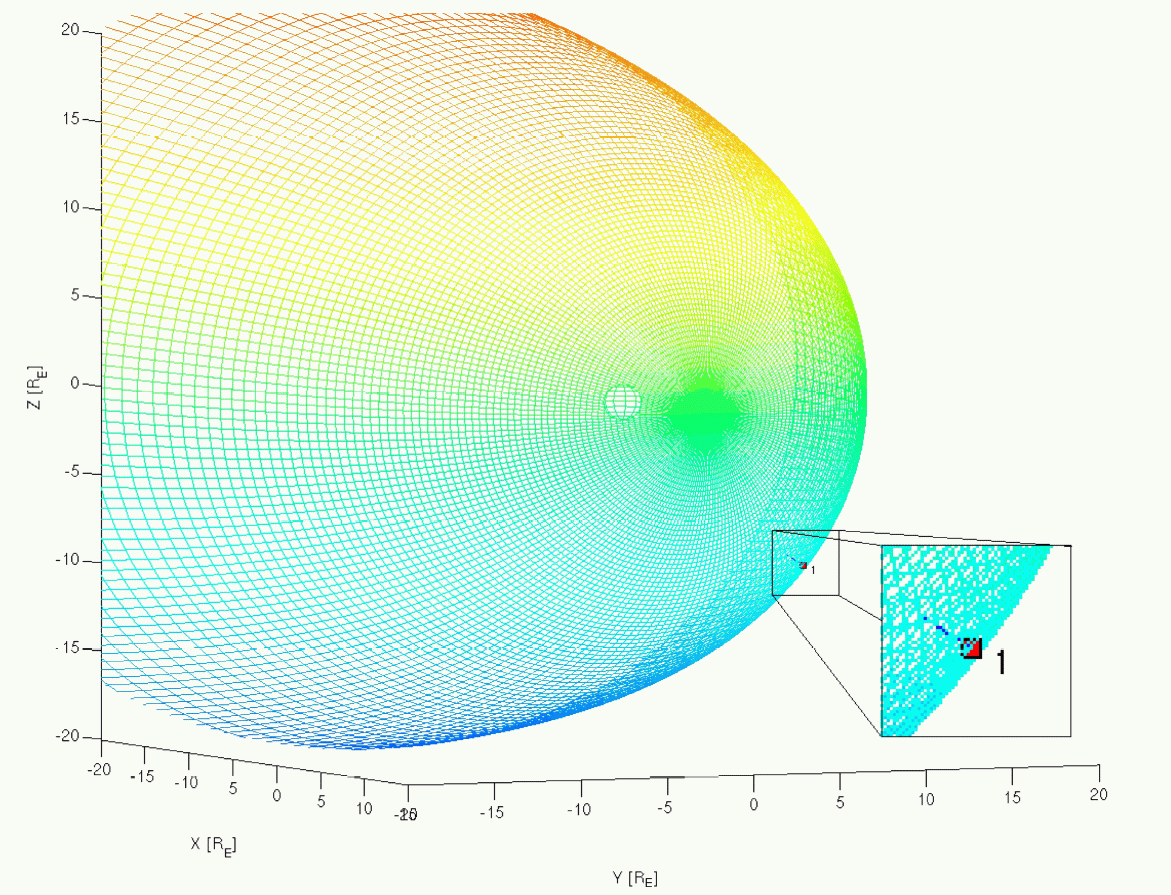
Statistics of the energy transfer between the solar wind and the magnetosphere
Student project (Examensarbete, 20 p)Completed January 2007
Student: Johan Falkenström
Supervisor: Lisa Rosenqvist
Swedish Institute of Space Physics, Uppsala
Department of Astronomy and Space Physics, Uppsala University
